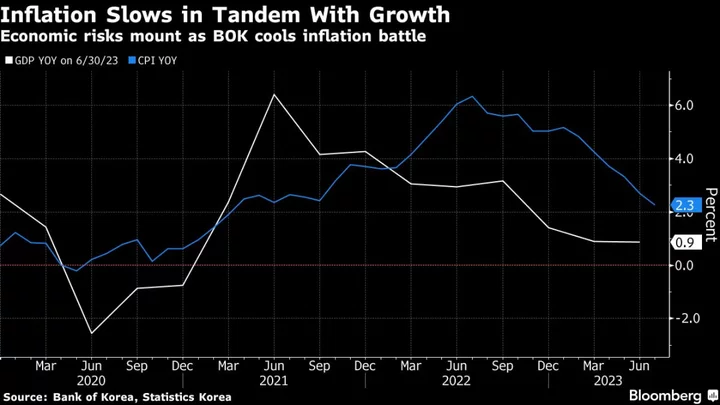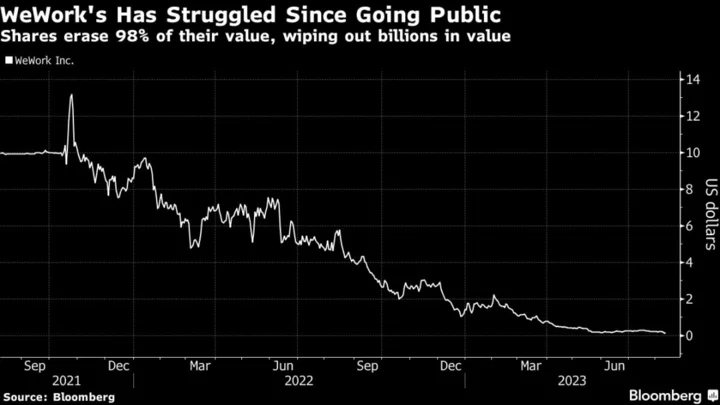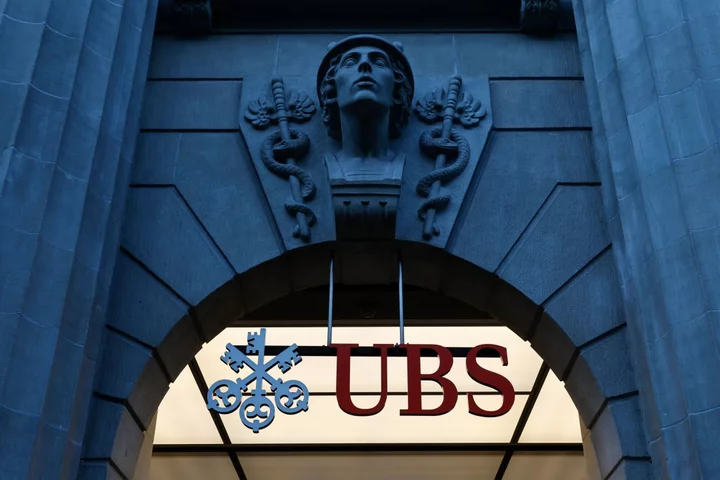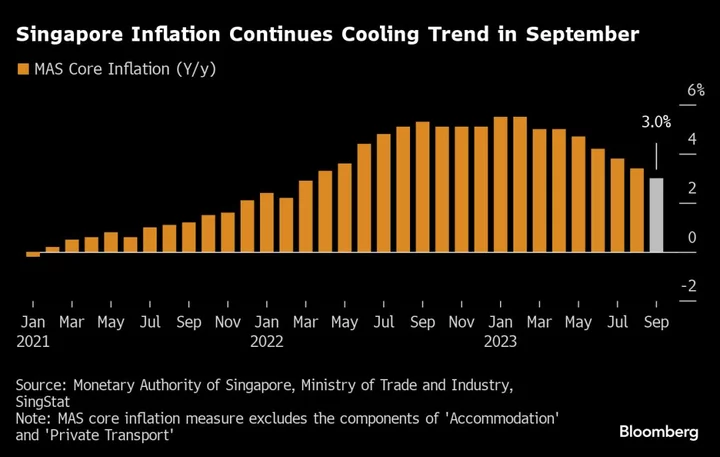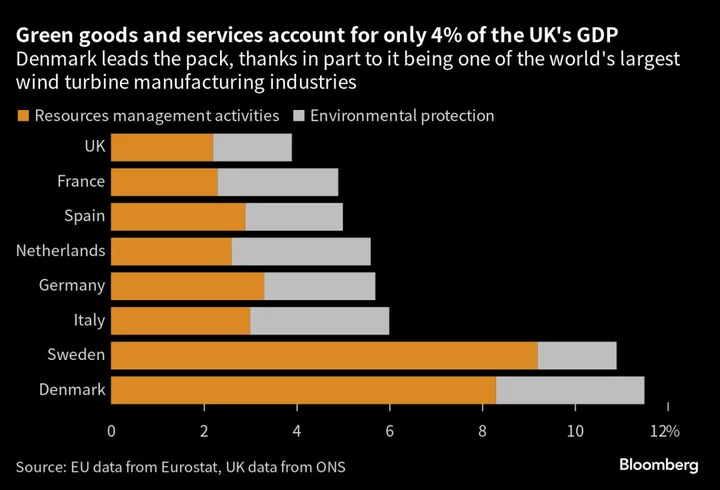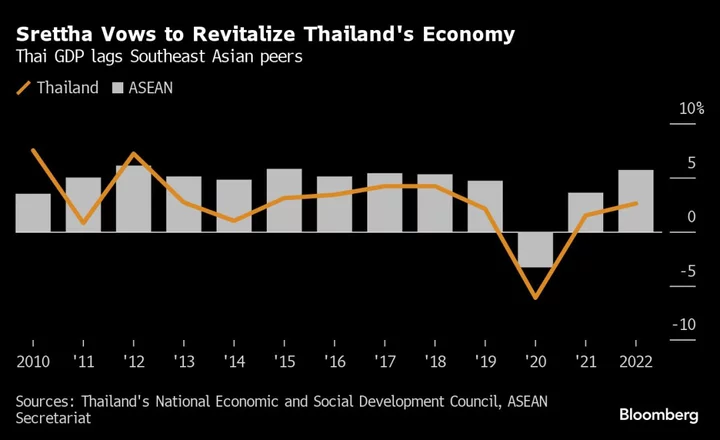All six of Canada’s main commercial lenders now expect the Bank of Canada to raise interest rates next week after the country’s labor market tripled expectations in June.
The country added 60,000 jobs, driven by gains in full-time work, while the unemployment rate rose to 5.4%, the highest since February 2022, Statistics Canada reported Friday in Ottawa. The figures blew past a 20,000 forecast gain, but missed expectations in a Bloomberg survey for a jobless rate of 5.3%.
Friday’s data show the loss of 17,300 positions in May was a temporary setback, although the increases last month were accompanied by slower wage gains of 3.9% — the weakest in a year. With the economy still churning out jobs despite 450 basis points of rate hikes, the central bank is likely to remain on its tightening path after ending its conditional pause on June 7 and raising the benchmark overnight rate to 4.75%.
After the release, Canadian Imperial Bank of Commerce joined its peers in forecasting a rate hike from the central bank at its July 12 meeting.
“The data are probably just strong enough to see policymakers pull the trigger on another 25 basis-point interest rate hike next week, rather than wait until September as we had previously forecast,” CIBC economist Andrew Grantham said in a report to investors.
“We still think that the rate of 5.0% reached at the time of the next hike will prove to be the peak, as evidence that the economy is slowing appears to be mounting,” he added.
The loonie rose as high as C$1.3288 per US dollar after the jobs report, which came at the same time as Bureau of Labor Statistics figures that showed US employers added fewer jobs in June than expected.
Canada’s unemployment rate rose 0.2 percentage points, following a similar increase in May, as growth in the population and labor force outpaced employment and as more youth were looking for work.
The population grew 0.3% and the labor force rose 0.5%, while employment increased 0.3%. The participation rate increased 0.2 percentage points to 65.7%.
A string of strong economic data prompted Bank of Canada Governor Tiff Macklem to end a five-month pause in June. Before May’s setback in employment figures, the country had the longest run of job creation since 2017 during which 423,900 positions were added. Headline inflation has, however, slowed sharply to 3.4% in May from its peak of 8.1% last year.
“The rise in the unemployment rate and easing of wage growth will give the Bank of Canada some comfort that, despite continued strong labor demand, CPI inflation should continue to slow toward the 2% target,” Olivia Cross, an economist at Capital Economics, said in a report to investors. Like CIBC, Capital expects the next hike to be the last in the cycle.
Trading in overnight swaps now show the odds of a July hike approaching 75%, from about two thirds before the Canadian jobs report.
In June, total hours worked rose 0.1% on a monthly basis and were up 2% compared to a year earlier. That points to relatively firm economic momentum at the end of the second quarter.
Job gains were led by increases in wholesale and retail trade, manufacturing and healthcare and social assistance.
Employment rose in Ontario, Nova Scotia, and Newfoundland and Labrador, while it fell in Prince Edward Island and was little changed in other provinces.
--With assistance from Erik Hertzberg.
(Updates throughout with CIBC’s new forecast.)
Author: Randy Thanthong-Knight



